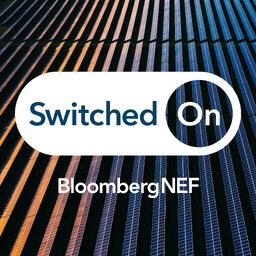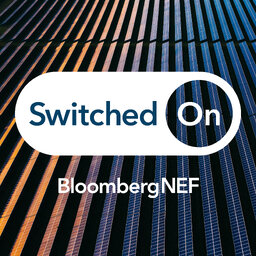The transmission grid is a topic that reaches across many of our episodes, but it’s never before been the center of attention. That changes today. While the installation of clean energy equipment is essential for the net-zero transition, the grid that delivers this electricity to consumers is equally critical. On today’s show, Dana speaks to Meredith Annex, BNEF’s Head of Clean Power, and Sanjeet Sanghera, Head of Grids and Utilities at BNEF. Together they discuss the transmission grid and why it’s so important, which nations are successfully upgrading their grids (and which are failing), and the scale of materials and buildout necessary to prepare the grid for a net-zero world.
Complimentary BNEF research on the trends driving the transition to a lower-carbon economy can be found at BNEF<GO> on the Bloomberg Terminal, on bnef.com or on the BNEF mobile app.
Links to research notes from this episode:
New Energy Outlook: Grids - https://www.bnef.com/insights/30899
Spain Fights Off Its Grid Connection Woes - https://www.bnef.com/insights/31137
Germany's Grid Holds Up Against Renewables Influx So Far - https://www.bnef.com/insights/30949
Grid Connection Queues Threaten Europe’s Net-Zero Goals - https://www.bnef.com/insights/30897
 Switched On
Switched On


